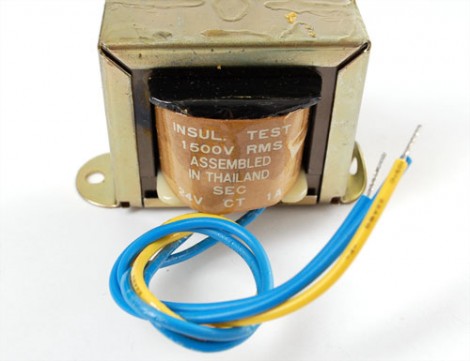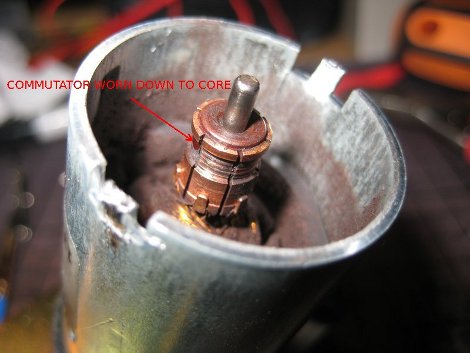
[Ladyada] is working on a tutorial series covering power supplies. If you’ve ever built an electronic project you’ve used some type of power supply but we think that most people have no idea how you get from mains power to the DC voltages that most small projects use. So if you want to learn, get started with the first installment which covers AC/DC converters based on a transformer like the one seen above.
These transformers are inside the heavy and hot wall-wart plugs that come with many electronics. We used one along with a breadboard power supply when building the pumpkin LED matrix. They use a pair of coils to step down the voltage to a much smaller level. From there it’s a matter of rectifying the AC into DC power, which she talks about in an easy to follow discussion.
We understand this type of converter quite well but we’re a bit foggy on switch-mode AC/DC converters that don’t use a transformer. They’re much better because you don’t have to build a regulator into the target project like you do with wall-warts. Can’t wait until she gets to that part of the series!
















